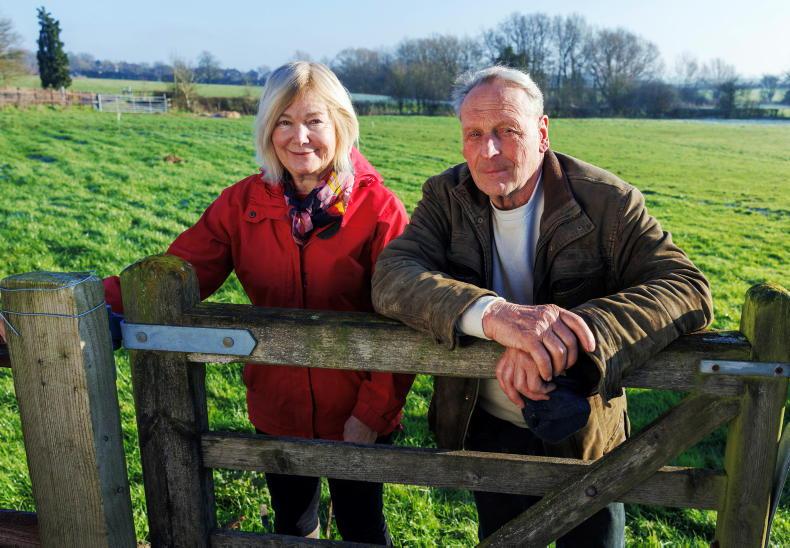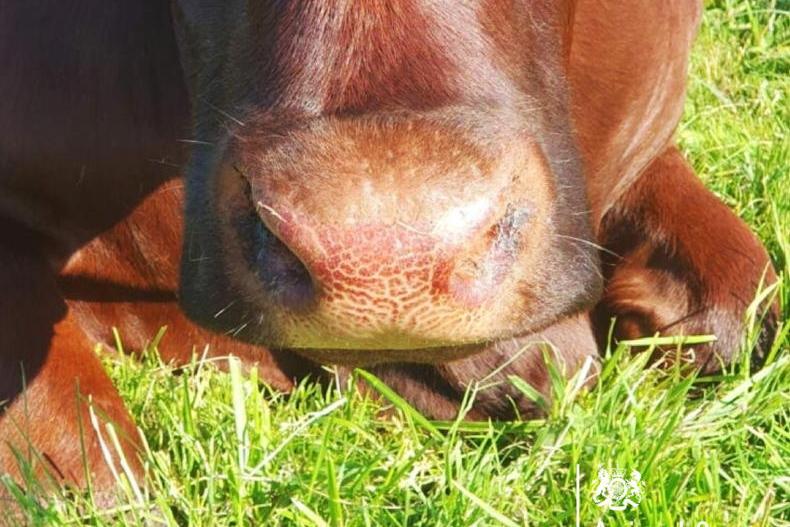Every year has its ups and downs from a financial or weather perspective and some years even bring both issues at the same time.
On our farm, the weather this spring has provided a massive challenge.
We had some really good weather in February, but it was all downhill through March and April, and it has only been in the last couple of weeks that things have improved.
We got a lot of slurry out on the grazing ground in February, and it has worked really well, and I would have been in more trouble only for it.
Cattle went out in March and early April. Grazing conditions were difficult, with cattle doing a lot of damage that was hard to look at. We struggled on, and kept them moving. However, three-day paddocks were only lasting a day and a half, and they were black when the cattle came off them.
It was the exact same with the sheep. They were moving off paddocks before they were finished, and they were blackening the surface as well. Some people think that sheep don’t do damage, but they do as much as cattle (perhaps even more).
Then there were paddocks that had got too strong and should have been cut for bales, but the weather was rubbish and ground conditions would not allow for machinery. So we had to graze some of these strong paddocks. Utilisation was poor, with a heavy residual.
This was letting me out of a hole, but it was storing up problems for later. In my experience, if you don’t make a good job with the first grazing, you are playing catchup for the rest of the year.
The next problem was that we were not getting out with fertiliser. While grass was still growing this would be a short-term issue.
However, there are some experts who reckon that you need to have more than half your fertiliser applied before the end of May.
Well, we are now at the end of May, and I still have ground that hasn’t received any fertiliser this year. It’s very hard to farm by the book.
I had got round the first rotation and tramped practically every paddock and I headed into the second rotation doing the exact same thing. I try to remain positive, but I have to admit, this was starting to get me down. There were times when I was thinking about putting the cattle back into the house, but with breeding season starting I didn’t want to take that approach.

It was a difficult spring for grazing on the Egerton farm in Co Fermanagh.
I went to Balmoral Show and stopped on the way home for something to eat and tried to forget about the cattle. The next day I nearly cried. It had rained the whole day we were away, and the cattle had completely destroyed their paddocks. It was difficult to look at.
Silage
The next problem was silage. We were ready to cut in the second week of May but there was no way that we could travel on the ground. The crop was getting heaver and starting to lose quality.
It was a hard call, but we decided to cut last week. Ground was anything but good and we did some damage.
There were parts of fields that we couldn’t get lifted and fields where we had to work with half loads.
Improved
Thankfully the weather has improved, and we are now on the long road back to good grassland management. We have started to cut surplus paddocks and we will be cutting more every week for a while or until we get grass under control again. We will probably have to top some grass as well.
It has been a very difficult spring and now we will have a long summer trying to repair the damage done.
If I’m honest I found it hard to get motivated at times during the spring. If I was in any other job, I would have been off on the sick due to stress, but we farmers can’t just drop everything. We have to keep going and wait for better times.
Hopefully we are now in for a long dry summer.
Read more
Farmer Writes: jury out on multispecies swards in the west
Farmer Writes: bad weather driving farm to the limit
Every year has its ups and downs from a financial or weather perspective and some years even bring both issues at the same time.
On our farm, the weather this spring has provided a massive challenge.
We had some really good weather in February, but it was all downhill through March and April, and it has only been in the last couple of weeks that things have improved.
We got a lot of slurry out on the grazing ground in February, and it has worked really well, and I would have been in more trouble only for it.
Cattle went out in March and early April. Grazing conditions were difficult, with cattle doing a lot of damage that was hard to look at. We struggled on, and kept them moving. However, three-day paddocks were only lasting a day and a half, and they were black when the cattle came off them.
It was the exact same with the sheep. They were moving off paddocks before they were finished, and they were blackening the surface as well. Some people think that sheep don’t do damage, but they do as much as cattle (perhaps even more).
Then there were paddocks that had got too strong and should have been cut for bales, but the weather was rubbish and ground conditions would not allow for machinery. So we had to graze some of these strong paddocks. Utilisation was poor, with a heavy residual.
This was letting me out of a hole, but it was storing up problems for later. In my experience, if you don’t make a good job with the first grazing, you are playing catchup for the rest of the year.
The next problem was that we were not getting out with fertiliser. While grass was still growing this would be a short-term issue.
However, there are some experts who reckon that you need to have more than half your fertiliser applied before the end of May.
Well, we are now at the end of May, and I still have ground that hasn’t received any fertiliser this year. It’s very hard to farm by the book.
I had got round the first rotation and tramped practically every paddock and I headed into the second rotation doing the exact same thing. I try to remain positive, but I have to admit, this was starting to get me down. There were times when I was thinking about putting the cattle back into the house, but with breeding season starting I didn’t want to take that approach.

It was a difficult spring for grazing on the Egerton farm in Co Fermanagh.
I went to Balmoral Show and stopped on the way home for something to eat and tried to forget about the cattle. The next day I nearly cried. It had rained the whole day we were away, and the cattle had completely destroyed their paddocks. It was difficult to look at.
Silage
The next problem was silage. We were ready to cut in the second week of May but there was no way that we could travel on the ground. The crop was getting heaver and starting to lose quality.
It was a hard call, but we decided to cut last week. Ground was anything but good and we did some damage.
There were parts of fields that we couldn’t get lifted and fields where we had to work with half loads.
Improved
Thankfully the weather has improved, and we are now on the long road back to good grassland management. We have started to cut surplus paddocks and we will be cutting more every week for a while or until we get grass under control again. We will probably have to top some grass as well.
It has been a very difficult spring and now we will have a long summer trying to repair the damage done.
If I’m honest I found it hard to get motivated at times during the spring. If I was in any other job, I would have been off on the sick due to stress, but we farmers can’t just drop everything. We have to keep going and wait for better times.
Hopefully we are now in for a long dry summer.
Read more
Farmer Writes: jury out on multispecies swards in the west
Farmer Writes: bad weather driving farm to the limit











SHARING OPTIONS